Home>Storage & Organization>Kitchen Organizing Tools>Why Do Cats Scratch The Side Of Their Litter Box
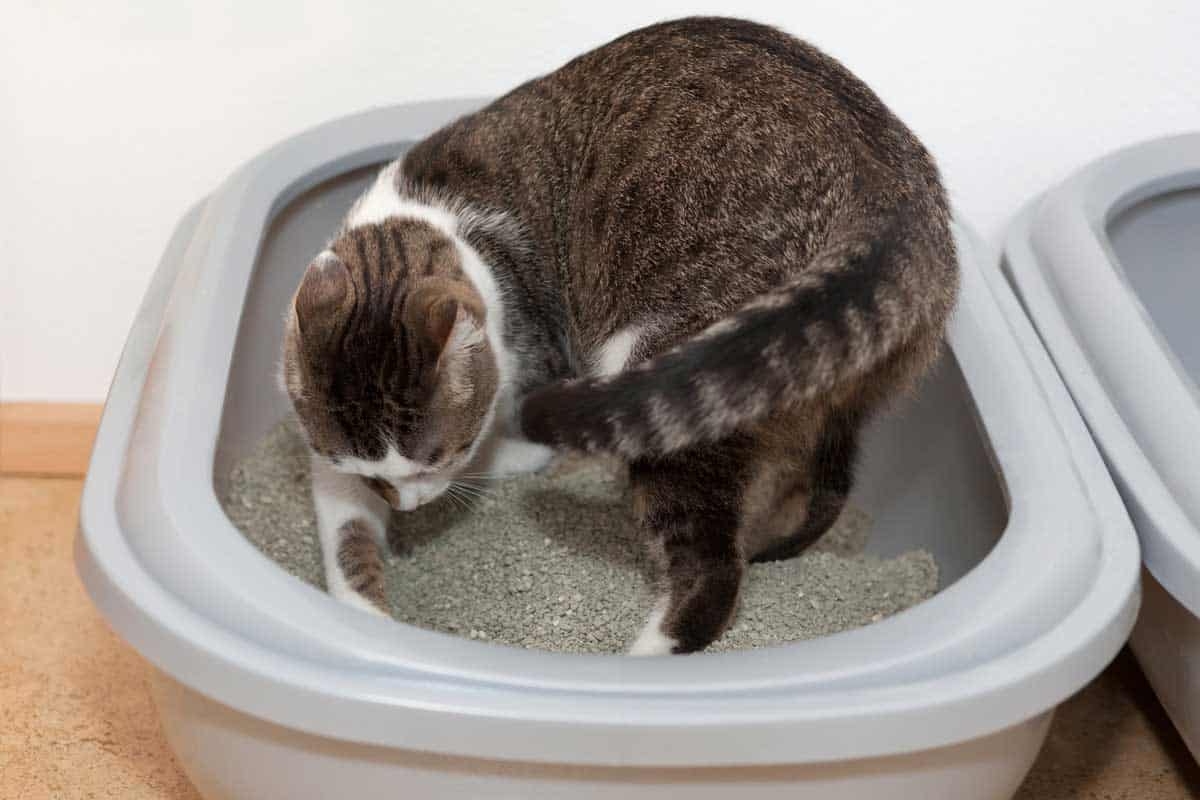

Kitchen Organizing Tools
Why Do Cats Scratch The Side Of Their Litter Box
Modified: February 25, 2024
Discover the best kitchen organizing tools to keep your space tidy and efficient. Find out why cats scratch the side of their litter box and how to address this behavior.
(Many of the links in this article redirect to a specific reviewed product. Your purchase of these products through affiliate links helps to generate commission for Storables.com, at no extra cost. Learn more)
Introduction
Cats are fascinating creatures with unique behaviors that often leave their human companions puzzled. One such behavior that frequently raises questions is their tendency to scratch the side of their litter box. While this behavior may seem perplexing at first glance, it is rooted in the innate instincts and natural inclinations of our feline friends.
Understanding the reasons behind this behavior can provide valuable insights into the world of cats and help pet owners create a more enriching environment for their beloved companions. By delving into the motivations driving this behavior, we can gain a deeper appreciation for the complex nature of our feline friends and learn how to cater to their needs more effectively.
As we explore the intricacies of why cats scratch the side of their litter box, we will uncover the underlying motivations that drive this behavior. From instinctual urges to environmental factors, there are various elements at play that contribute to this seemingly peculiar conduct. By shedding light on these factors, we can gain a better understanding of our feline friends and foster a harmonious coexistence with them.
In the following sections, we will delve into the fascinating world of cat behavior, unraveling the mysteries behind their penchant for scratching the side of their litter box. By gaining insight into the inner workings of our feline companions, we can cultivate a deeper bond with them and provide an environment that nurtures their natural inclinations. Let's embark on this enlightening journey to uncover the secrets behind this intriguing behavior and gain a newfound appreciation for the captivating world of cats.
Key Takeaways:
- Cats scratch the side of their litter box to mark their territory, maintain their claws, and relieve stress. Understanding their behavior helps create a harmonious environment for our feline friends.
- Providing a clean, well-sized, and strategically placed litter box is crucial for a cat’s comfort and well-being. Encouraging proper scratching behavior through diverse surfaces and positive reinforcement fosters a happy coexistence with our cats.
Read more: Why Does My Cat Scratch The Litter Box
Understanding Cat Behavior
Understanding cat behavior is a fascinating endeavor that unveils the intricate complexities of our feline companions. Cats are known for their enigmatic nature, often exhibiting behaviors that can be perplexing to their human counterparts. However, by delving into the realm of feline psychology, we can gain valuable insights into the motivations and instincts that drive their actions.
Cats are inherently territorial creatures, and their behavior is heavily influenced by this instinctual trait. Scratching, in particular, serves as a means for cats to mark their territory, both visually and olfactorily. By scratching the side of their litter box, cats are essentially leaving a visual and scent-based mark, signaling ownership of their designated space. This behavior is deeply ingrained in their primal instincts and serves as a way for them to assert their presence within their environment.
Furthermore, scratching also fulfills a vital physiological need for cats. It enables them to maintain the health and condition of their claws, which is essential for various aspects of their lives, including hunting, self-defense, and climbing. The act of scratching helps cats shed the outer sheath of their claws, keeping them sharp and functional. Additionally, it provides a form of exercise for their muscles, contributing to their overall physical well-being.
In addition to territorial marking and physical maintenance, scratching also serves as a means for cats to release pent-up energy and alleviate stress. Just like humans engage in activities to unwind and relieve tension, cats turn to scratching as a natural outlet for their emotions. This behavior allows them to stretch their muscles and release built-up energy, promoting a sense of relaxation and contentment.
Understanding the multifaceted nature of cat behavior sheds light on the underlying motivations that drive their actions. By recognizing the instinctual, physiological, and emotional factors at play, we can gain a deeper appreciation for the complexities of our feline companions. This understanding paves the way for creating an environment that caters to their innate needs, fostering a harmonious coexistence between humans and their beloved feline friends.
The Purpose of Scratching
The act of scratching is deeply ingrained in the behavioral repertoire of cats, serving a multitude of purposes that are integral to their well-being and natural inclinations. From a primal instinct to a means of physical maintenance and emotional expression, scratching plays a pivotal role in the lives of our feline companions.
Territorial Marking
One of the primary purposes of scratching is territorial marking. Cats possess a strong instinctual drive to establish and maintain their territory, and scratching serves as a visual and olfactory means of accomplishing this. By leaving visible marks and depositing scent from glands in their paws, cats communicate ownership of their space. This behavior is not only a declaration of territory but also a way for cats to assert their presence within their environment.
Physical Maintenance
Scratching is essential for the health and maintenance of a cat's claws. It allows them to shed the outer sheath of their claws, keeping them sharp and functional. This is crucial for various aspects of their lives, including hunting, self-defense, and climbing. Additionally, the act of scratching provides a form of exercise for their muscles, contributing to their overall physical well-being.
Emotional Outlet
In addition to its practical functions, scratching also serves as an emotional outlet for cats. It provides a means for them to release pent-up energy, alleviate stress, and express their emotions. By engaging in scratching, cats can stretch their muscles and release built-up tension, promoting a sense of relaxation and contentment.
Instinctual Behavior
Scratching is deeply rooted in the instinctual behavior of cats, dating back to their wild ancestors. In the wild, scratching served as a way for cats to mark their territory, maintain their claws, and express themselves within their social structure. While domesticated cats may not face the same challenges as their wild counterparts, the instinctual drive to scratch remains deeply embedded in their nature.
By understanding the multifaceted purposes of scratching, we can gain a deeper appreciation for this behavior and its significance in the lives of our feline companions. Recognizing the innate instincts, physical maintenance, and emotional expression intertwined with scratching allows us to create an environment that caters to their natural inclinations, promoting their well-being and enriching our bond with them.
Importance of Providing a Suitable Litter Box
The provision of a suitable litter box holds immense significance in the overall well-being and behavioral satisfaction of our feline companions. A litter box serves as a fundamental aspect of a cat's environment, directly impacting their physical comfort, emotional security, and natural instincts. By understanding the importance of providing a suitable litter box, we can create an environment that caters to the innate needs of our feline friends, fostering a harmonious coexistence and promoting their overall welfare.
Hygiene and Cleanliness
A suitable litter box plays a pivotal role in maintaining the hygiene and cleanliness of a cat's living space. Cats are inherently clean animals, and the availability of a clean and well-maintained litter box is essential for their physical comfort and mental well-being. A soiled or inadequate litter box can lead to stress and discomfort for cats, potentially resulting in behavioral issues such as inappropriate elimination. By providing a suitable litter box and adhering to a regular cleaning schedule, we can ensure that our feline companions have a hygienic and inviting space to attend to their toileting needs.
Read more: Why Do Cats Use A Litter Box
Size and Accessibility
The size and accessibility of the litter box are crucial factors that directly impact a cat's comfort and ease of use. Cats vary in size and mobility, and it is essential to provide a litter box that accommodates their individual needs. A spacious and easily accessible litter box allows cats to move comfortably and assume their natural toileting posture, promoting a sense of security and relaxation during this vulnerable activity. Additionally, the presence of multiple litter boxes in a multi-cat household can prevent territorial conflicts and ensure that each cat has access to a suitable toileting area.
Litter Preference and Substrate
Understanding a cat's litter preference and substrate requirements is integral to providing a suitable litter box. Cats may have individual preferences for the type of litter and substrate they find most comfortable and appealing. By offering a variety of litter options and observing their preferences, we can tailor the litter box to suit their specific needs, promoting a positive toileting experience and minimizing the likelihood of aversion or discomfort.
Location and Privacy
The location and privacy of the litter box significantly impact a cat's willingness to use it consistently. Placing the litter box in a quiet, easily accessible, and private area allows cats to attend to their toileting needs without feeling vulnerable or threatened. Additionally, providing multiple litter boxes in different areas of the home can offer cats a sense of choice and control over their toileting environment, reducing stress and promoting regular and appropriate elimination behavior.
By recognizing the importance of providing a suitable litter box, we can create an environment that prioritizes the physical comfort, emotional security, and natural instincts of our feline companions. A well-maintained, appropriately sized, and thoughtfully located litter box contributes to a cat's overall well-being, fostering a harmonious relationship between humans and their beloved feline friends.
Tips for Encouraging Proper Scratching Behavior
Encouraging proper scratching behavior in cats is essential for promoting their well-being and maintaining a harmonious living environment. By implementing effective strategies and providing suitable outlets for scratching, cat owners can guide their feline companions toward appropriate scratching habits while minimizing destructive behavior. Here are valuable tips for fostering proper scratching behavior in cats:
1. Provide Multiple Scratching Surfaces
Offer a variety of scratching posts, pads, and surfaces in different textures and orientations. Cats have individual preferences for scratching, and providing diverse options allows them to express their natural behavior while protecting furniture and other household items.
2. Strategic Placement of Scratching Posts
Place scratching posts in prominent and frequented areas of the home, such as near their favorite resting spots or along common pathways. Strategic placement encourages cats to use the posts regularly and integrates scratching into their daily routines.
3. Positive Reinforcement
Use positive reinforcement techniques, such as treats, praise, and interactive play, to encourage cats to use designated scratching surfaces. Rewarding desired behavior creates a positive association with scratching posts and reinforces the habit of using them.
4. Regular Maintenance and Replacement
Keep scratching surfaces well-maintained by trimming loose threads, replacing worn-out materials, and ensuring stability. A well-maintained scratching post remains appealing to cats and encourages consistent use.
5. Deterrents for Inappropriate Surfaces
Apply double-sided tape, aluminum foil, or citrus-scented deterrents to furniture and other off-limits surfaces to discourage cats from scratching in undesirable areas. Simultaneously, redirect their attention to appropriate scratching surfaces when necessary.
6. Understanding Individual Preferences
Observe and understand each cat's scratching preferences, including the height, texture, and orientation of scratching surfaces they favor. Tailoring the available options to align with their preferences increases the likelihood of them using designated scratching areas.
7. Incorporate Vertical and Horizontal Surfaces
Provide both vertical and horizontal scratching surfaces to accommodate different scratching styles and postures. This ensures that cats can engage in full-body stretches and scratching motions, promoting physical well-being and natural behavior.
8. Consistent Training and Patience
Consistency and patience are key when encouraging proper scratching behavior. It may take time for cats to adjust to new scratching surfaces, and consistent training efforts coupled with patience yield positive results over time.
By implementing these tips and understanding the underlying motivations driving scratching behavior, cat owners can effectively guide their feline companions toward appropriate scratching habits. Creating a conducive environment that prioritizes their natural instincts and provides suitable outlets for scratching fosters a harmonious coexistence between humans and their beloved feline friends.
Read more: Why Do Older Cats Stop Using The Litter Box
Conclusion
In conclusion, the behavior of cats scratching the side of their litter box is deeply rooted in their innate instincts, territorial nature, and physiological needs. Understanding the multifaceted purposes of scratching sheds light on the complex motivations driving this behavior, encompassing territorial marking, physical maintenance, and emotional expression. By recognizing the significance of scratching in the lives of our feline companions, we can create an environment that caters to their natural inclinations, promoting their overall well-being and enriching our bond with them.
The importance of providing a suitable litter box cannot be overstated, as it directly impacts a cat's physical comfort, emotional security, and toileting behavior. By prioritizing hygiene, size, accessibility, litter preference, and location, cat owners can create an environment that fosters positive toileting experiences and minimizes stress for their feline friends. A well-maintained and thoughtfully located litter box contributes to a cat's overall well-being, nurturing a harmonious relationship between humans and their beloved companions.
Furthermore, encouraging proper scratching behavior in cats is essential for maintaining a harmonious living environment. By providing diverse scratching surfaces, strategically placing scratching posts, using positive reinforcement, and understanding individual preferences, cat owners can guide their feline companions toward appropriate scratching habits while minimizing destructive behavior. Creating a conducive environment that prioritizes their natural instincts and provides suitable outlets for scratching fosters a harmonious coexistence between humans and their beloved feline friends.
In essence, the behavior of cats scratching the side of their litter box is a reflection of their complex nature, innate instincts, and unique needs. By gaining insight into the motivations driving this behavior and taking proactive steps to provide a conducive environment, we can cultivate a deeper bond with our feline companions and create a harmonious living space that caters to their natural inclinations. Embracing the intricacies of cat behavior allows us to appreciate the depth of their instincts and nurture a fulfilling relationship with these captivating creatures.
Frequently Asked Questions about Why Do Cats Scratch The Side Of Their Litter Box
Was this page helpful?
At Storables.com, we guarantee accurate and reliable information. Our content, validated by Expert Board Contributors, is crafted following stringent Editorial Policies. We're committed to providing you with well-researched, expert-backed insights for all your informational needs.
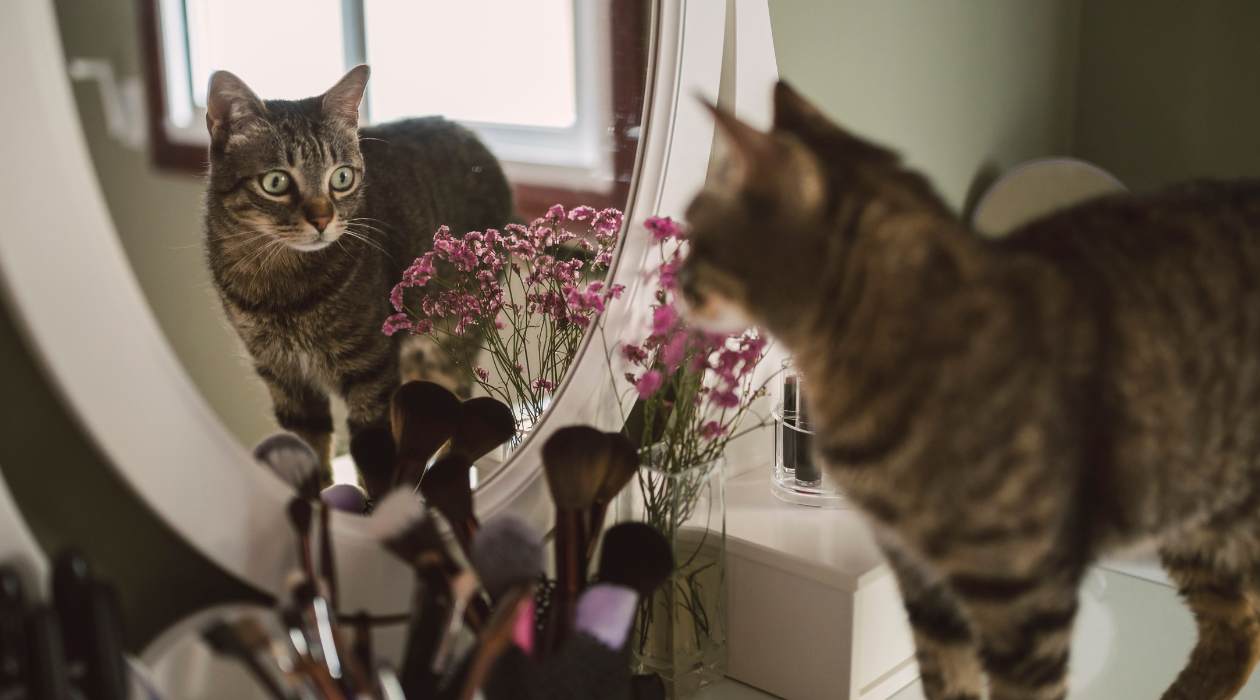
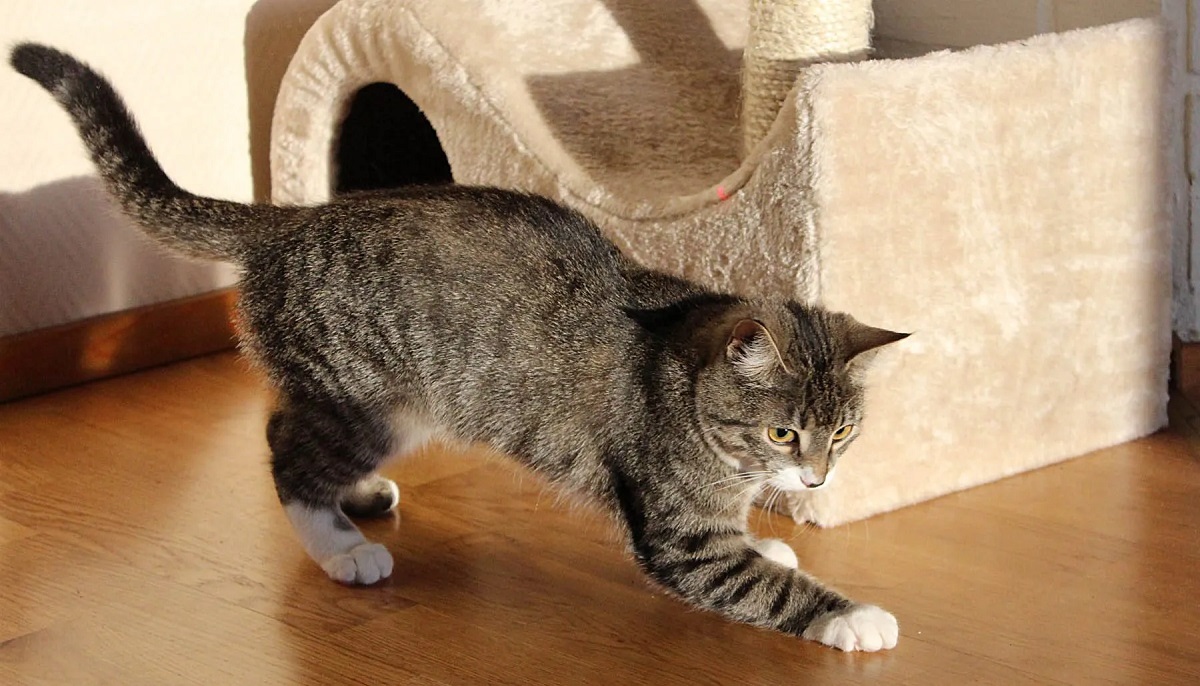
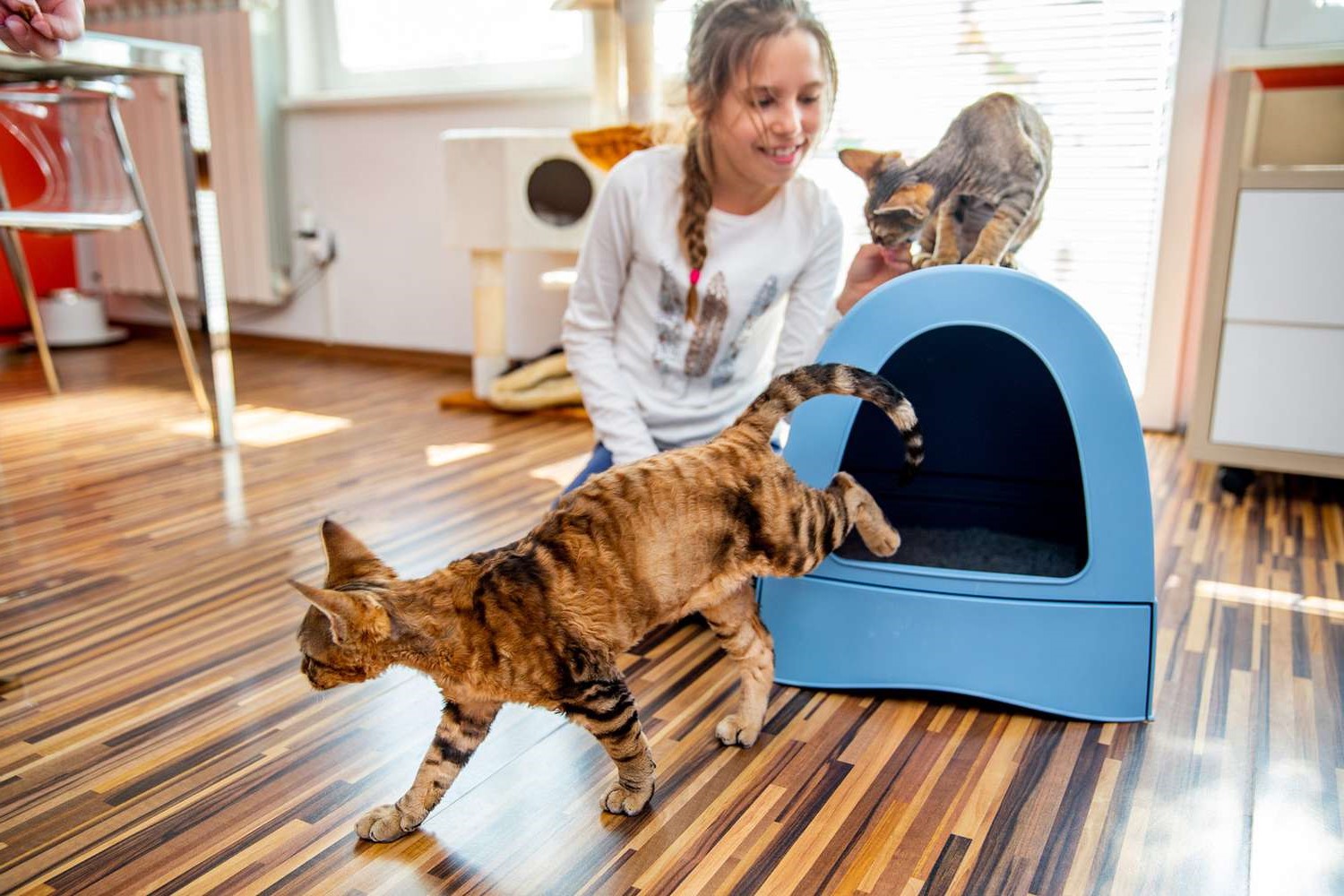
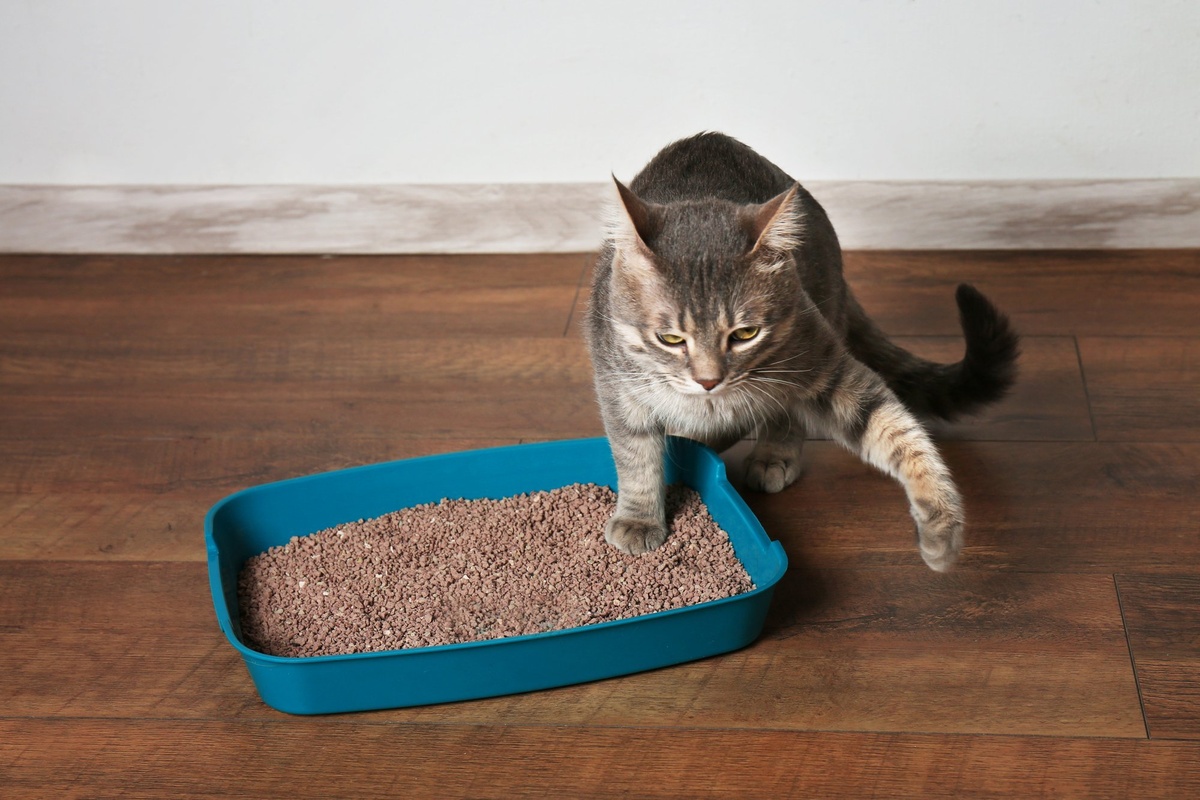
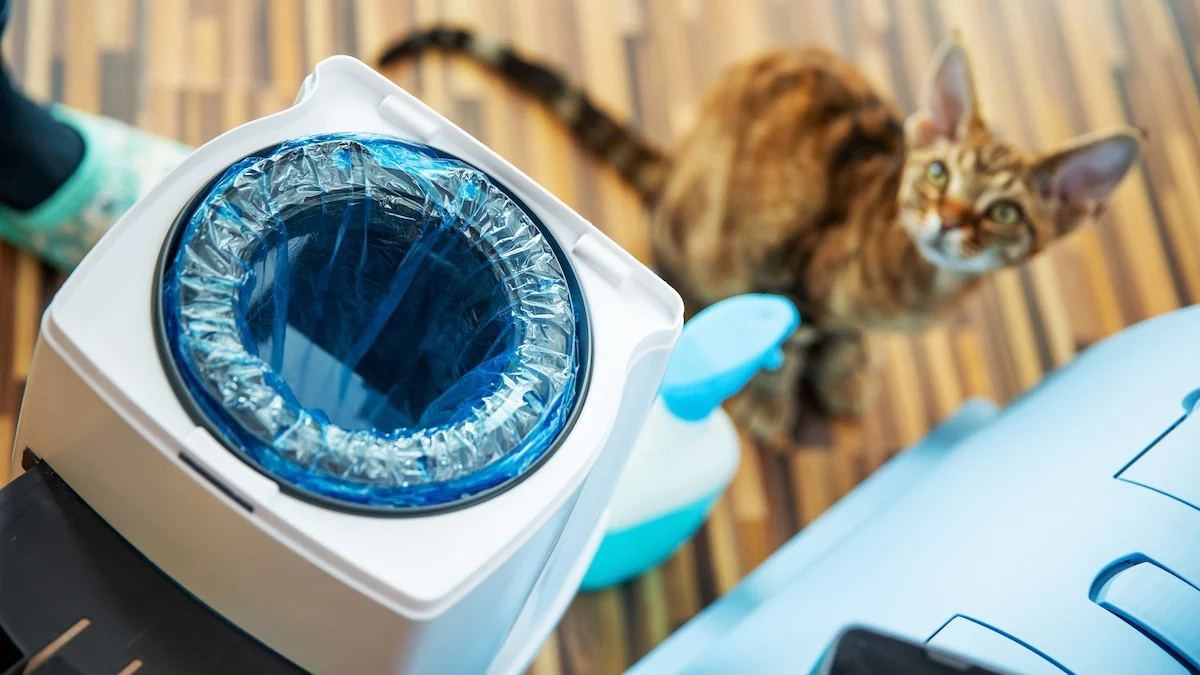
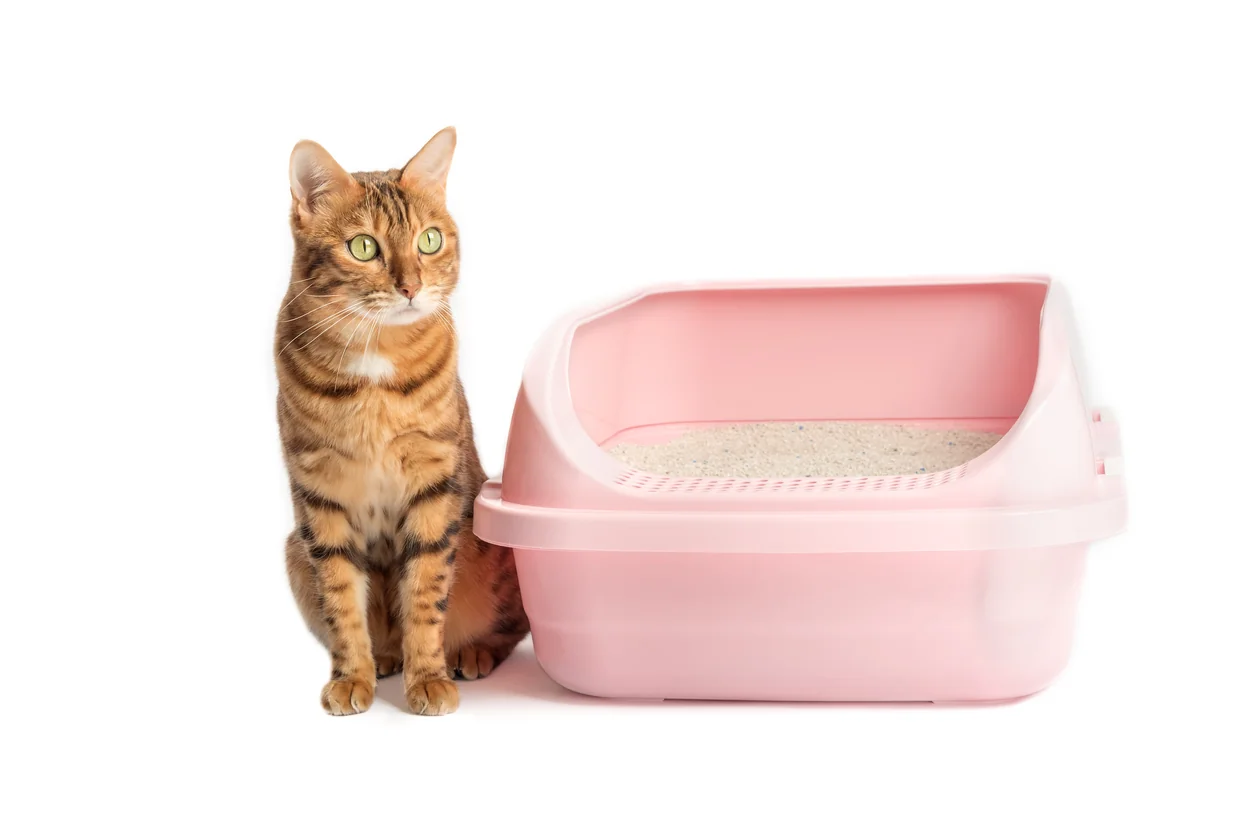
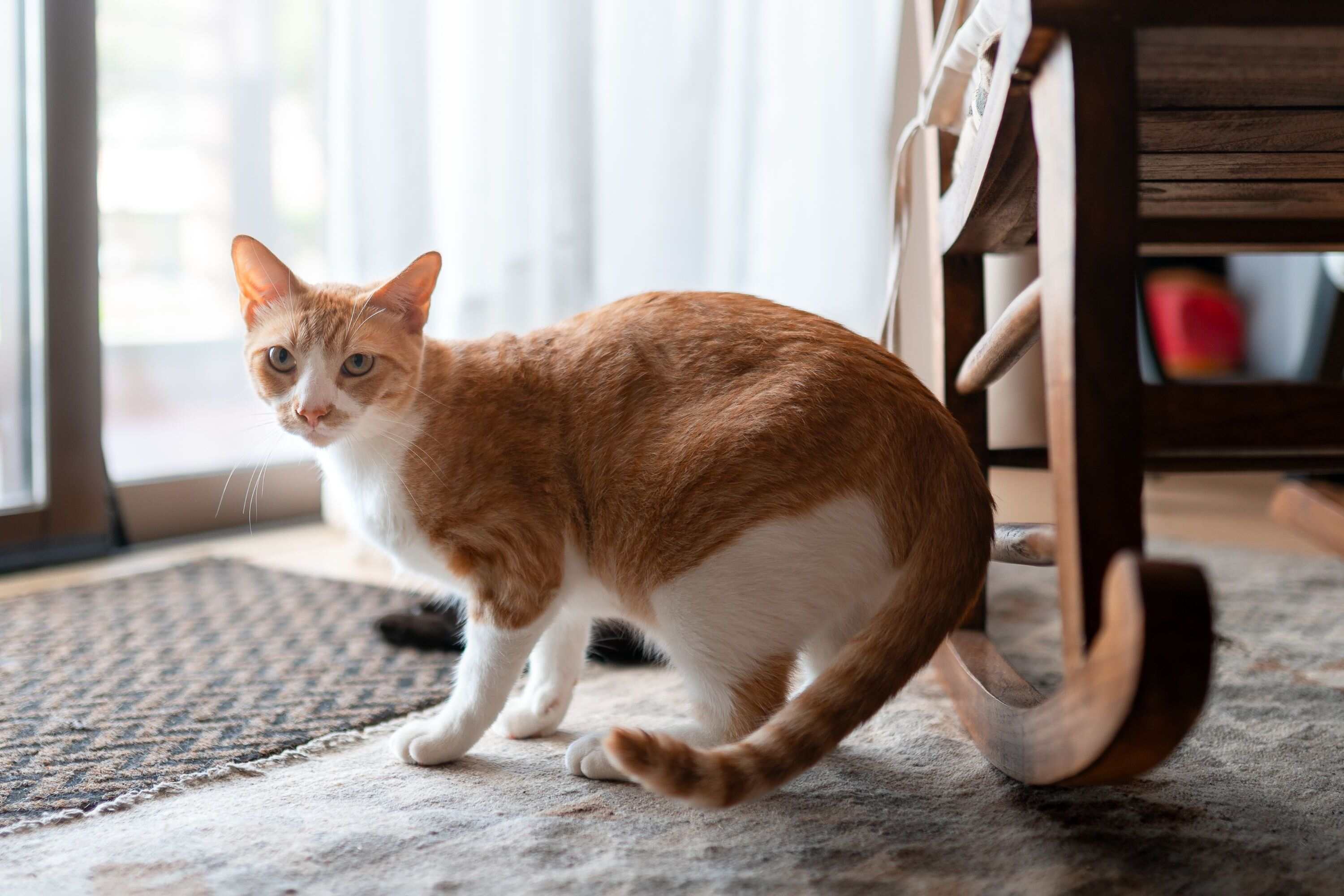
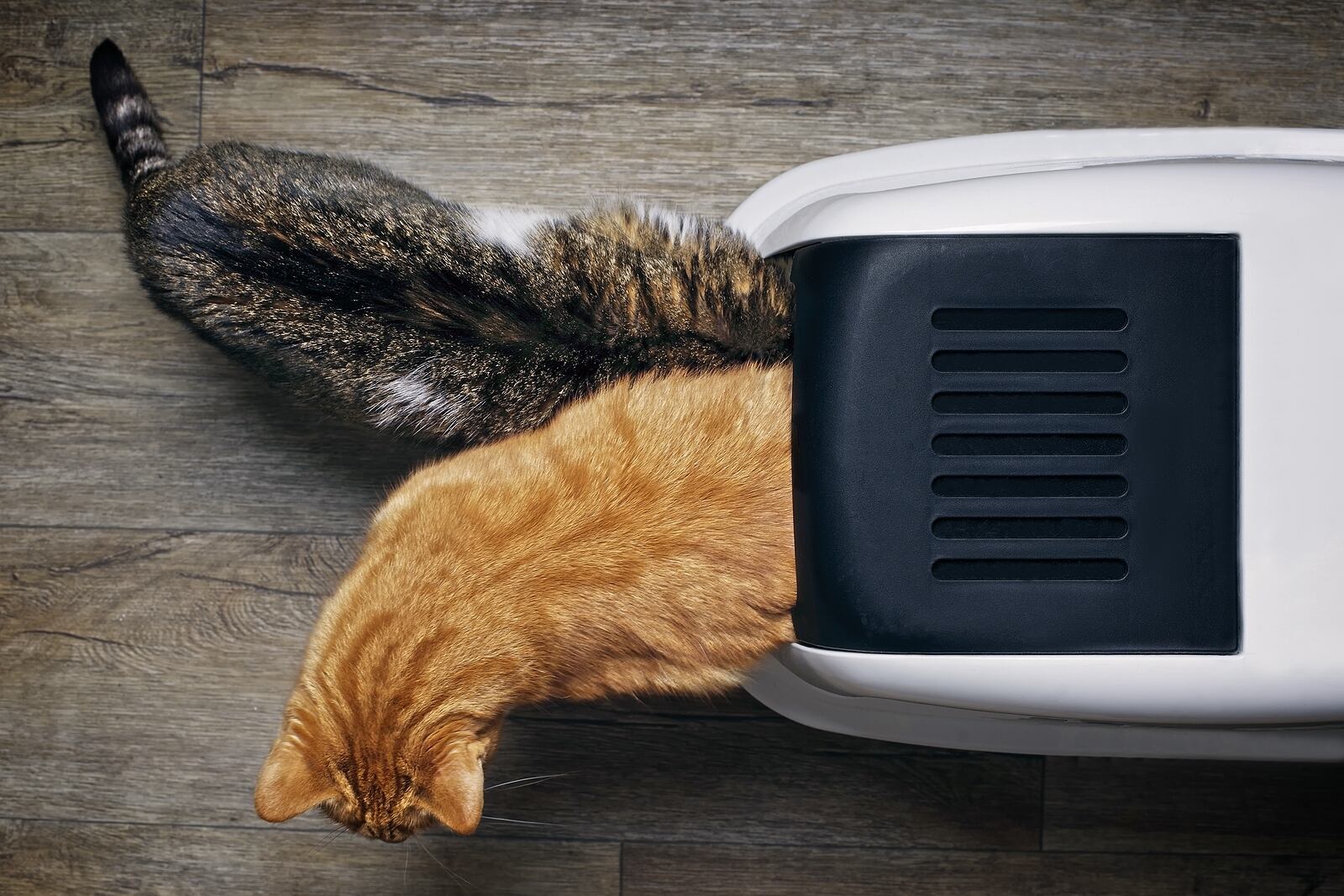
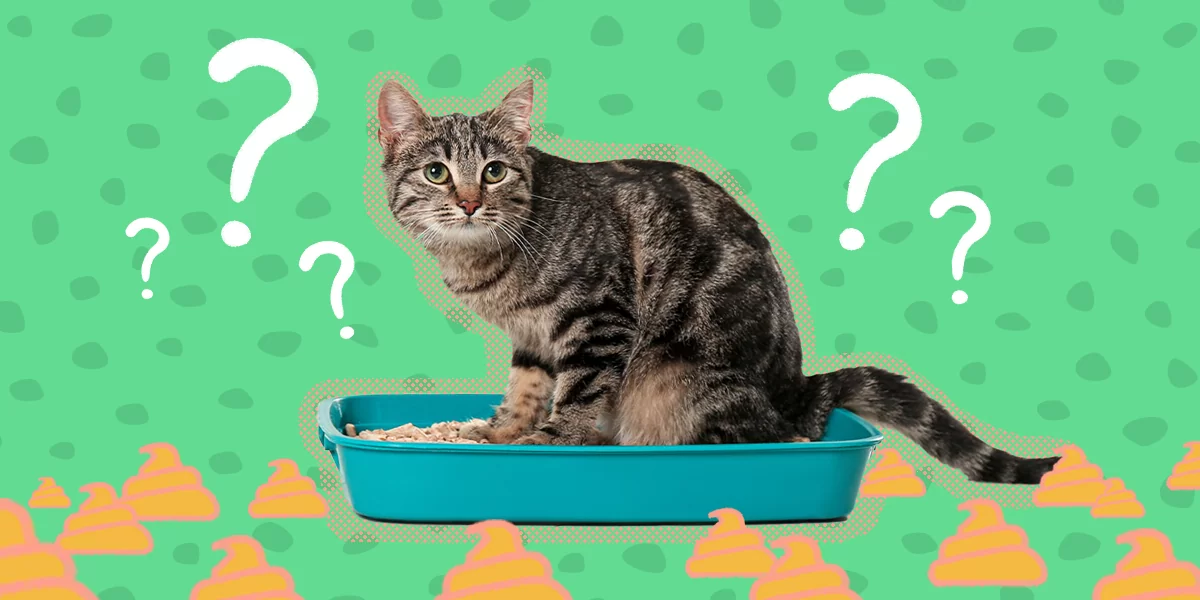
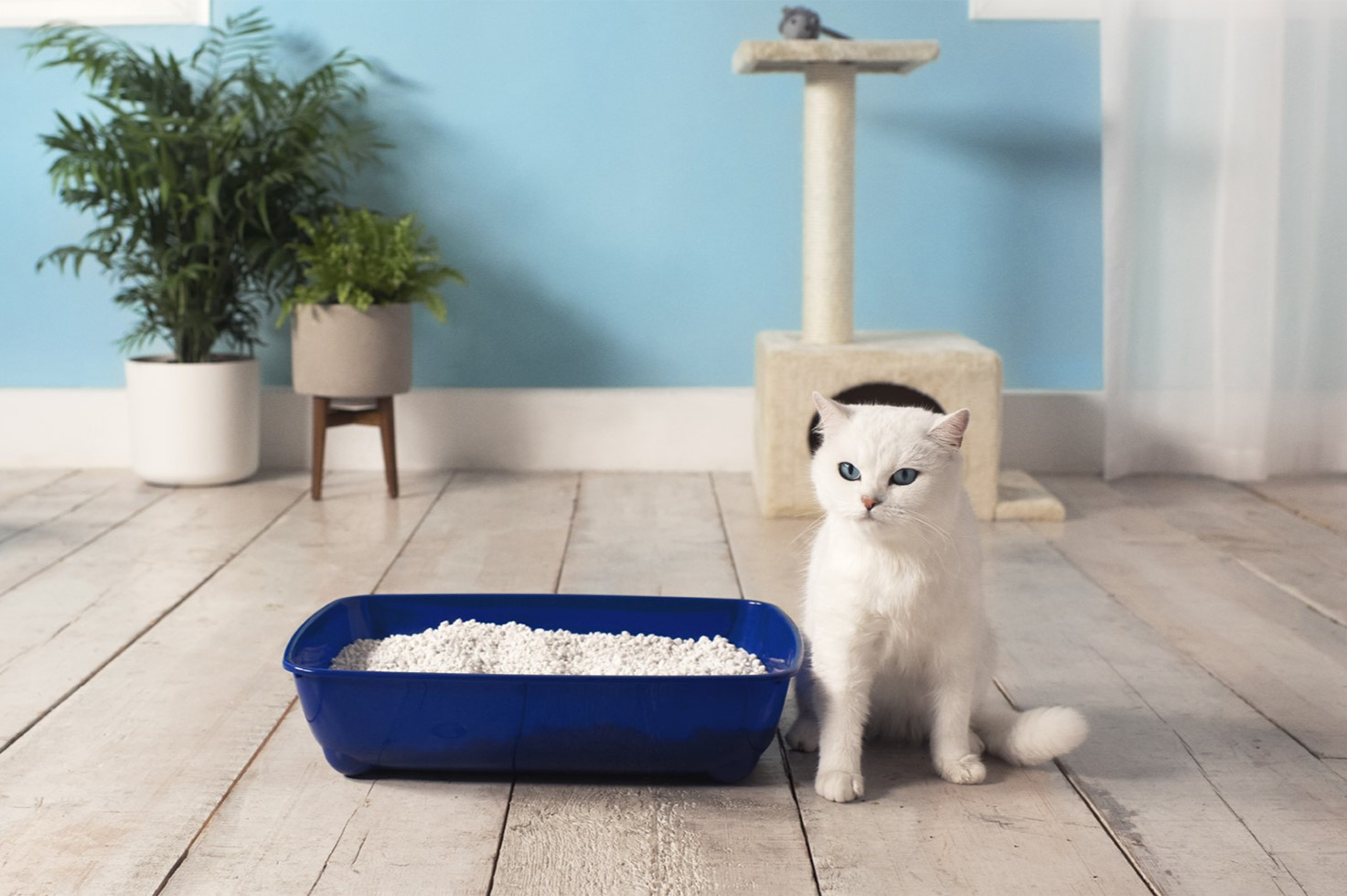

0 thoughts on “Why Do Cats Scratch The Side Of Their Litter Box”